|
Did you know the bar-tailed godwit stuffs itself with food until it adds enough fat to double its weight?
The bar-tailed godwit, which is related to sandpipers, curlews, and snipe, feeds on insects, mollusks, and bristle-worms to fatten itself up for its phenomenal annual migration, growing from one pound to two pounds. Why do I call the migration phenomenal? Because these birds migrate from Alaska to New Zealand without stopping once to rest or to eat. The journey is over 7,000 miles (11,265 km), and the godwit must fly about 10 days and nights to get there. No rest, no food. For 10 days of constant flying, even through storms and wind. This is the longest non-stop flight of any land birds in the world (some sea birds, like albatrosses, can stay in the air longer). As a godwit prepares for its incredible 10-day journey, its body goes through a shape-shifting transition. Its gizzard, kidneys, and liver shrink in size to reduce weight, and its pectoral muscles grow to increase strength and endurance. The only excess baggage is the fat the bird will burn during the flight.
0 Comments
Did you know spadefoot toad tadpoles can transform into cannibals when they need to? Spadefoot toads, which are native to North America, often lay their eggs in temporary water puddles. There is always a risk that these puddles could dry up, killing the tadpoles. As an adaptation to these temporary-puddle conditions, spadefoot toad tadpoles have the ability to switch from an omnivorous form (eating mostly plankton) to a carnivorous form (eating shrimp and other tadpoles, including their own species). You see, when a puddle begins to dry up, the space becomes increasingly crowded, without enough plankton to support the tadpoles. It also becomes really important for the tadpoles to accelerate their development, to become air-breathing adults before the water is gone. So, a drying puddle triggers biological changes in the tadpoles' bodies. Their heads become larger, with larger, stronger jaw muscles. Their mouths become sharp beaks. Their intestines become shorter (carnivores have shorter intestines compared to herbivores because animal matter is easier to digest than plant matter). They become vicious predators. This switch to a carnivorous, cannibalistic diet allows the tadpoles to take in more calories, which speeds up their transition into air-breathing adults. Below is a spadefoot tadpole metamorphosing into an adult. Photo Credits: - Spadefoot toad tadpole - Bernard DUPONT from FRANCE, CC BY-SA 2.0, via Wikimedia Commons Did you know the larvae of two species of ground beetles eat amphibians, instead of the other way around? This is an interesting example of predator-prey reversal.
The ground beetle larva moves its antennae back and forth to attract the much larger amphibians (frogs, toads, or salamanders). Thinking the beetle larva is prey, the frog attacks. Using its strong jaws, the larva latches onto the frog anywhere it can get a grip, often the frog's tongue. Then the larva uses a "sewing movement" of its jaws to work its way around the frog's body to a spot where it can chew through the skin and disable the frog. The larva's jaws are so strong that the frog is unable to pull it loose. Once the frog is disabled from the damage, the beetle larva then sucks the frog's blood for about a week. When the blood is drained, the larva starts chewing, eating the frog until only bones remain. Hmm... this may sound kind of awful, but keep in mind that frogs, toads, and salamanders eat hundreds of beetles during their lifetimes. So, just consider this payback. The photo shows a ground beetle larva attacking a European green toad. Did you know the Barbados threadsnake is the smallest snake in the world?
The average length of this snake is only 3.9 inches (10 cm). The Barbados threadsnake was identified in 2008 by herpetologist S. Blair Hedges. It is only found on the Caribbean islands of Barbados and Anguilla. Hedges described this snake as "about as wide as a spaghetti noodle." Scientists think this is about as small as snakes can possibly get. Why? Because all snakes are predators, and baby snakes have to be a certain size to be able to find and overpower the appropriate prey animals. Because of the small size of adult threadsnakes, and the need for the babies to be a certain minimum size, the females lay only one egg, which is huge in proportion to the adult female's body. When the baby hatches, it can already be half the length of the adult female. Here is a romantic aspect of this: Hedges named the snake Tetracheilostoma carlae, in honor of his wife Carla Ann Hass, who also happens to be a herpetologist. If I ever discover a new species of snake, I'll name it in honor of Trish. Did you know the Titanoboa was the largest snake to ever live? We know from fossils that these amazing snakes were at least 48 feet (14.6 m) long and are estimated to have weighed about 3,300 pounds (1,500 kg).
For comparison, the largest living snakes today are the reticulated python (the longest, up to 32 feet) and the green anaconda (the heaviest, up to 500 pounds). Titanoboas lived in Central and South America about 60 million years ago, which was after most of the dinosaurs went extinct. These snakes lived in what scientists believe was the first real rainforest on Earth. Consider this: The horror movie Anaconda (starring Jennifer Lopez and Ice Cube) was released in 1997. The giant snake in the movie was 40 feet long. Fossils of Titanoboa were not discovered until at least five years after the movie was released, and Titanoboa was at least 8 feet longer than the ridiculously large anaconda of the movie. Let that sink in for a moment. Below is a scientifically accurate model of Titanoboa on display at the Smithsonian museum in Washington DC. The snake is swallowing a crocodile. |
Stan's Cogitations
Everyone needs a creative outlet. That's why I write. Archives
July 2024
|

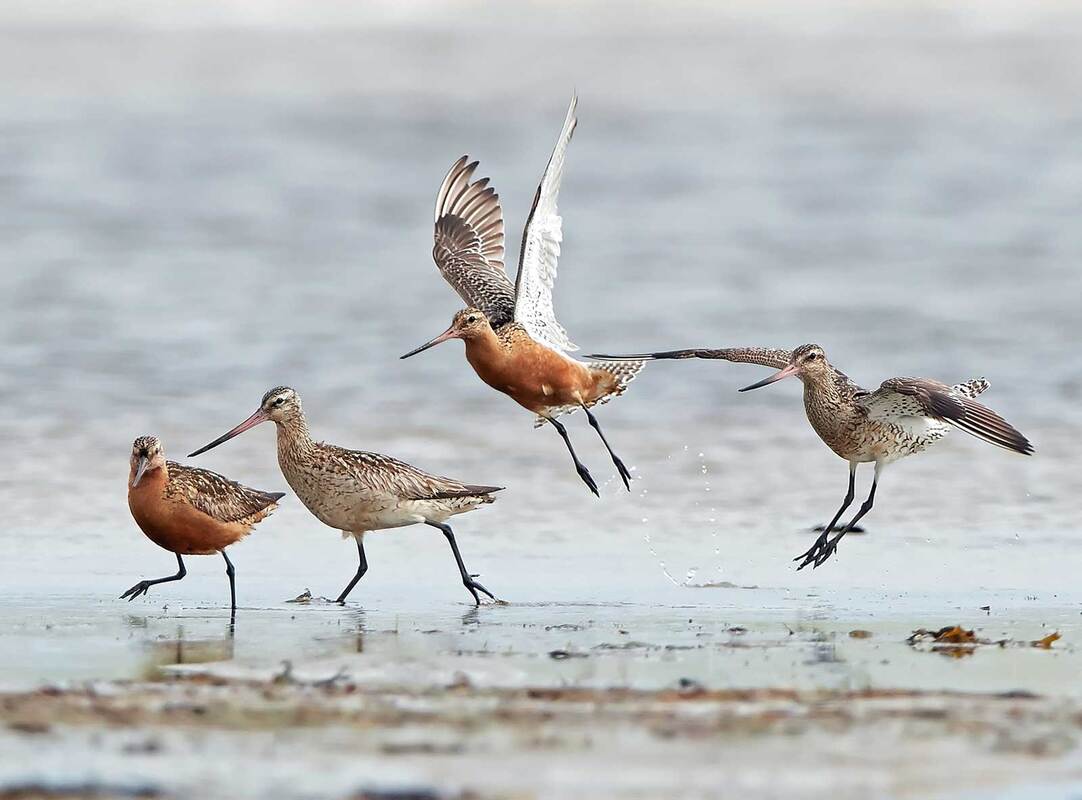
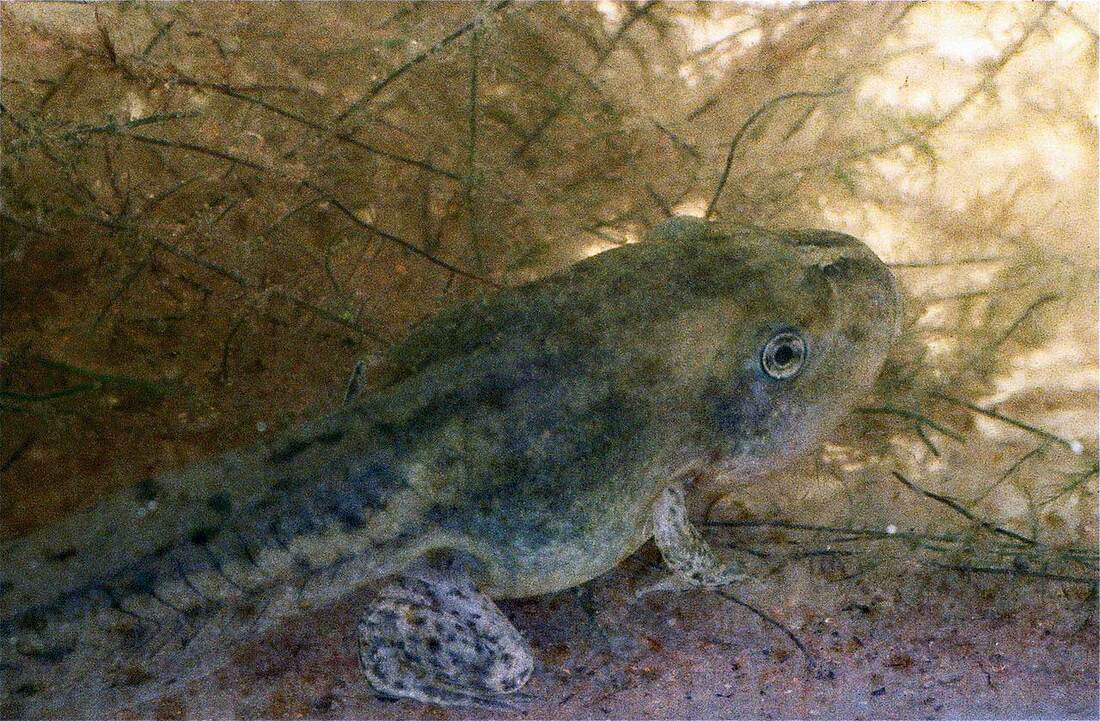
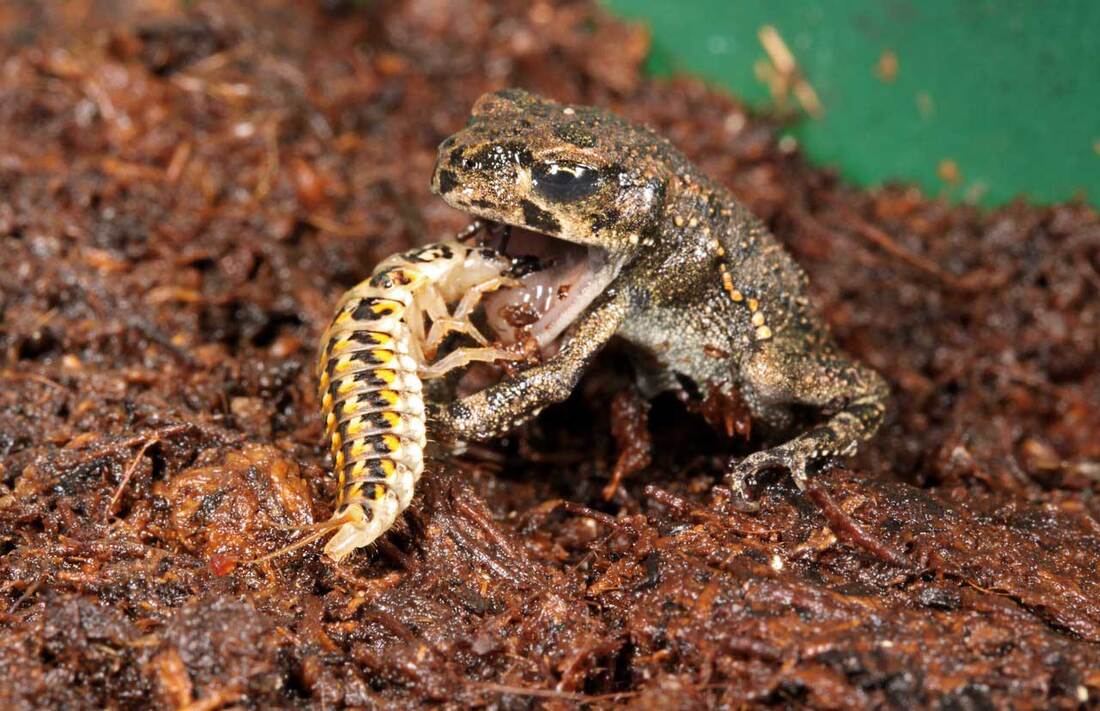
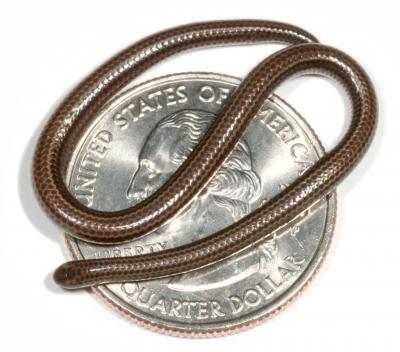
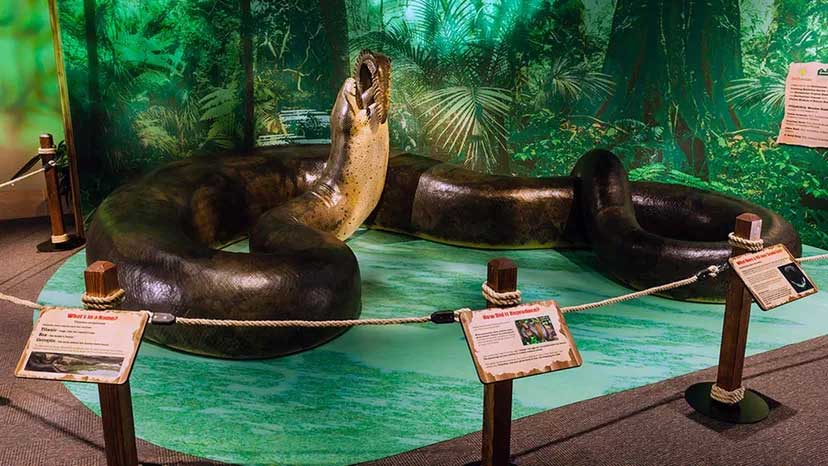
 RSS Feed
RSS Feed